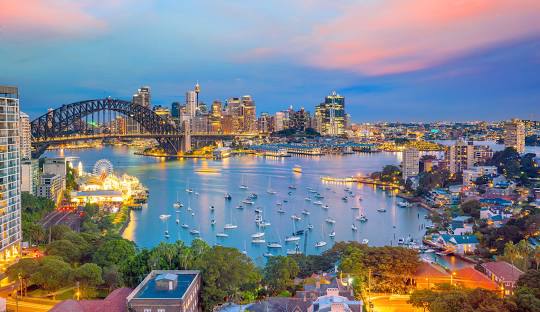
Conflicts and Growth: Sydney's Early Struggles and Development (1804–1900)
Posted by on
Sydney’s history in the 19th century was shaped by a series of conflicts and rapid urban growth. The early 1800s saw significant unrest, such as the Castle Hill Rebellion of 1804, when Irish convicts led an uprising in an attempt to escape the colony. The rebellion, involving around 300 rebels, was swiftly crushed by British troops, with at least 39 convicts killed in the ensuing conflict. This marked just one of the many skirmishes between European settlers and the Aboriginal peoples of the region, particularly the Darug, whose resistance to the settlers' encroachment on their land became increasingly violent.
Between 1794 and 1810, the Darug people, led by figures like Pemulwuy and his son Tedbury, mounted consistent attacks on settlers, burning crops and raiding supplies. The colonial response included establishing military garrisons and retaliatory actions, with a death toll of at least 26 settlers and up to 200 Aboriginal people. Conflict escalated in the years that followed, culminating in the Appin Massacre of 1816, where at least 14 Aboriginal people were killed.
The colonial era saw significant changes from 1841 onwards, with the New South Wales Legislative Council becoming semi-elected, and Sydney officially declared a city. The discovery of gold in 1851 brought initial economic disruption, with many leaving for the goldfields, and Melbourne temporarily overtook Sydney in size. However, Sydney’s population grew rapidly due to increased immigration and the wealth generated from the gold rush. By 1891, Sydney’s population had expanded from 95,600 in 1861 to 386,900.
This period saw a construction boom, with iconic sandstone buildings like the University of Sydney, the Australian Museum, and the Town Hall. The city became increasingly urbanized, with narrow streets lined with terrace houses and grand hotels. Despite the growing prosperity, Sydney was not immune to economic hardship. The 1890s saw a financial crisis, leading to an economic depression. This downturn, combined with drought and the reduction of public works, stalled the city’s growth for a time.
Despite these challenges, Sydney continued to be a key player in the formation of modern Australia, with New South Wales Premier George Reid playing a pivotal role in the process of federation. Sydney's journey through conflict, economic disruption, and rapid development set the stage for its emergence as a major global city in the 20th century.